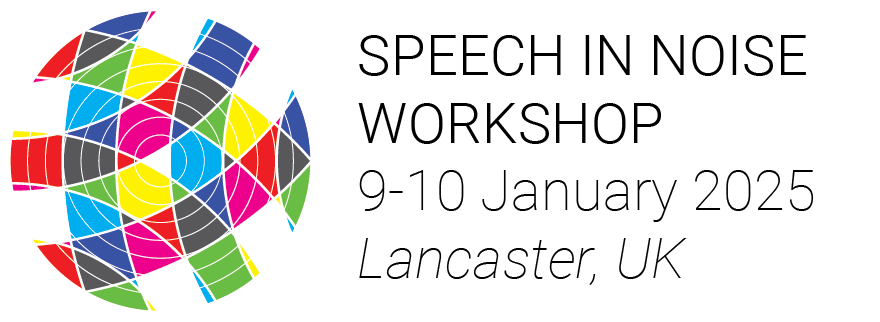P14Session 2 (Friday 10 January 2025, 09:30-11:30)Consonant and word identification in noise in 5-to-10 year old children with normal hearing
Speech-in-noise perception abilities continue to develop until adolescence. The mechanisms underlying this rather long development are still not clear. The aim of this study was to evaluate the developmental trajectory of speech-in-noise perception in normal hearing children.
Three groups of normal-hearing children were included: 5-6 years old (N = 28), 7-8 years old (N = 20), 9-10 years old (N = 20); as well as an additional group of young adults (N = 20). All the participants completed two adaptive psychophysical tasks measuring their consonant and word identification thresholds in two types of noise conditions: a steady speech-shaped noise and a 2-talker babble noise.
Results revealed that speech identification thresholds of adults are significantly better than those of children regardless of their age in the presence of the 2-talker babble noise. In the presence of the speech-shaped noise, the consonants identification thresholds are similar to those of adults at the age of 7-8 years, and from the age of 5-6 years for words.
These results suggest different developmental trajectories for speech-in-noise perception abilities depending on the type of speech stimuli to process (syllables vs. words) and type of noise, with children showing similar thresholds to adults at different ages in each task. This could imply that the specific mechanisms underlying masking release continue to develop until late childhood.

